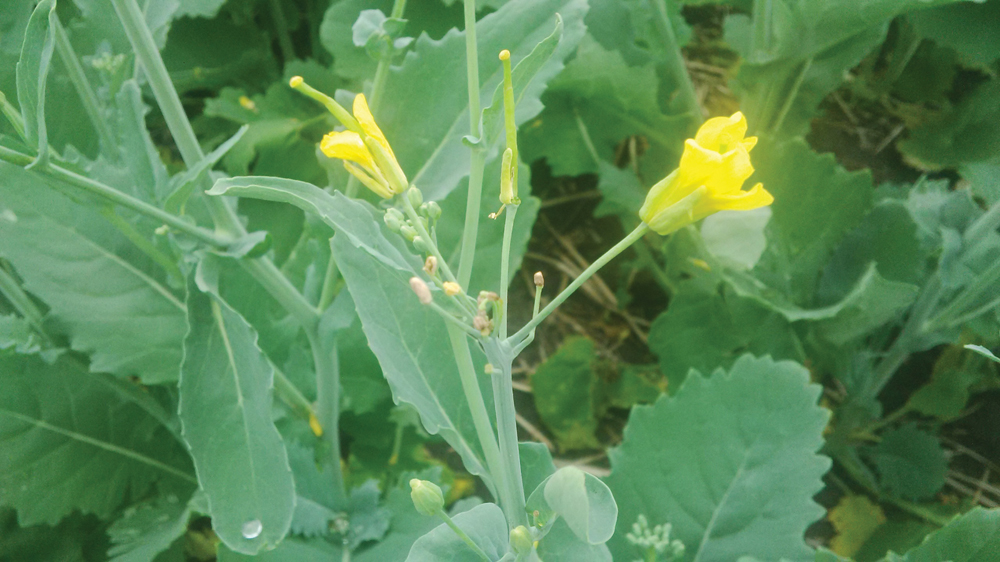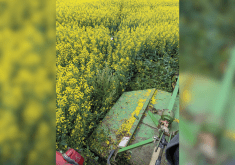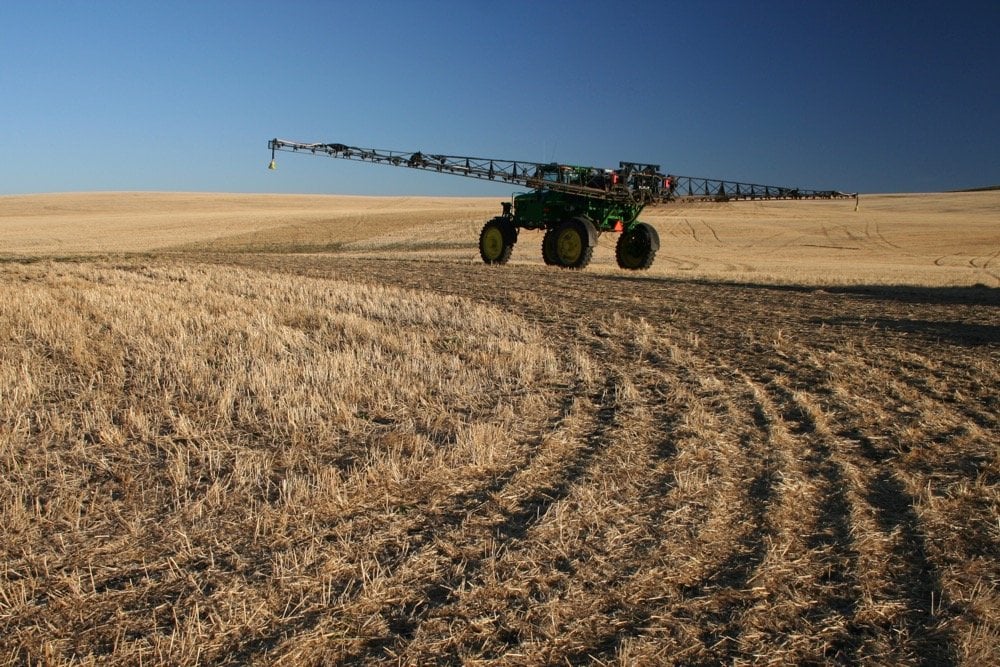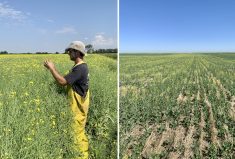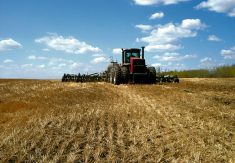If you’re seeing weird things in your canola — like buds turning into stems or leaves — don’t be alarmed.
But what’s causing this “mystery syndrome” has Alberta experts scratching their heads.
“You’ve got something that should be forming a pod, and it turns into a weirdly shaped leaf or a piece of stem or something,” said Greg Sekulic, Peace region agronomist with the Canola Council of Canada.
Council agronomists in Alberta first started noticing bizarre morphology — the form and structure of a plant — in canola fields at the early-flowering, late-bud stage in 2012. Dubbed the “mystery syndrome,” these deviations have been spotted from the Peace country to Calgary, and from Camrose all the way east to the Saskatchewan border.
In some fields, 80 per cent of the plants had developed the condition, and a dry year seems to make it worse.
“I could really walk into any field and find a few examples,” said Sekulic. “I’ve yet to be in a field this spring that doesn’t have it.”
The team at the Canola Council of Canada began running tests, looking for herbicide carry-over or tank contamination. They examined crop rotations and varieties; herbicide formulations; temperature and chemical interactions; and sent samples to be tested for diseases or insect infestations like aster yellows. Plant pathologists, entomologists and oilseed specialist Murray Hartman were consulted.
All insect pests and plant diseases were ruled out.
“We ran every test we could,” said Sekulic. “There was nothing common across the hundreds of fields that we found. But by the time we had submitted all the tests, the plants had shaken it off and started yielding normally.”
Plants that recovered from “mystery syndrome” showed weird branching leaves and stems.
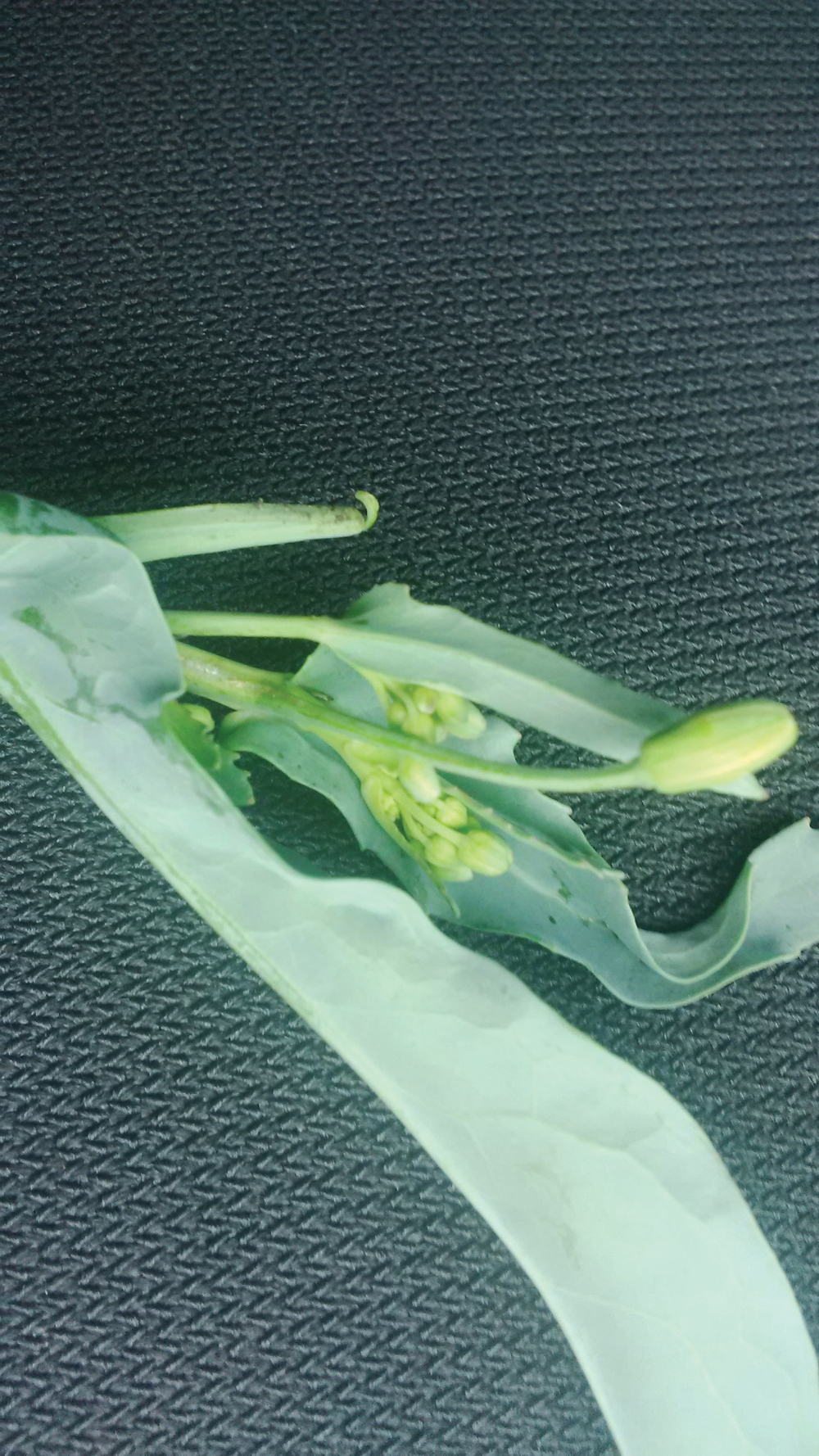
“Above that, the plants would be normal, with normal healthy pods — we didn’t seem to lose much maturity or even yield,” said Sekulic. “It’s just a phase of its life where things looked really odd.”
In some cases, agronomists could see what looked like a pod abortion, or buds that had died off for inexplicable reasons.
No one has any idea what has triggered this strange phenomena. The experts consulted agreed that the plants developed this way due to some sort of environmental factor and are still working to solve the mystery.
“It’s a bit of a non-story because everything seems to work out OK,” said Sekulic. “A few people attributed it to Group 2 damage of some kind, either carry-over or tank contamination. In a lot of these cases, we really ruled that out because the symptoms and the histories on the fields really didn’t quite fit.”
Read Also

Farming Smarter receives financial boost from Alberta government for potato research
Farming Smarter near Lethbridge got a boost to its research equipment, thanks to the Alberta government’s increase in funding for research associations.
Although widespread, the symptoms he has seen this year haven’t been as varied as in 2012.
“It’s frustrating because it’s something that you can readily observe, but not explain.”


